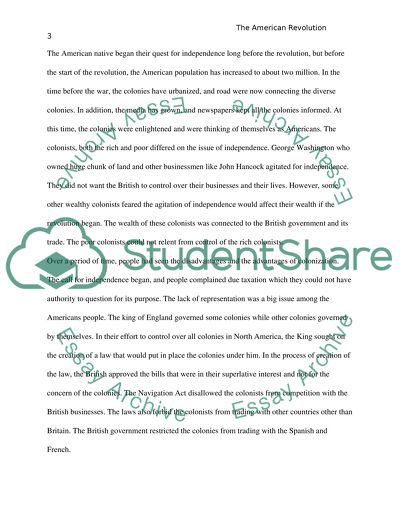Cite this document
(American Revolution in 1770's period Literature review, n.d.)
American Revolution in 1770's period Literature review. Retrieved from https://studentshare.org/history/1610917-american-revolution-in-1770s-period
American Revolution in 1770's period Literature review. Retrieved from https://studentshare.org/history/1610917-american-revolution-in-1770s-period
(American Revolution in 1770'S Period Literature Review)
American Revolution in 1770'S Period Literature Review. https://studentshare.org/history/1610917-american-revolution-in-1770s-period.
American Revolution in 1770'S Period Literature Review. https://studentshare.org/history/1610917-american-revolution-in-1770s-period.
“American Revolution in 1770'S Period Literature Review”. https://studentshare.org/history/1610917-american-revolution-in-1770s-period.


